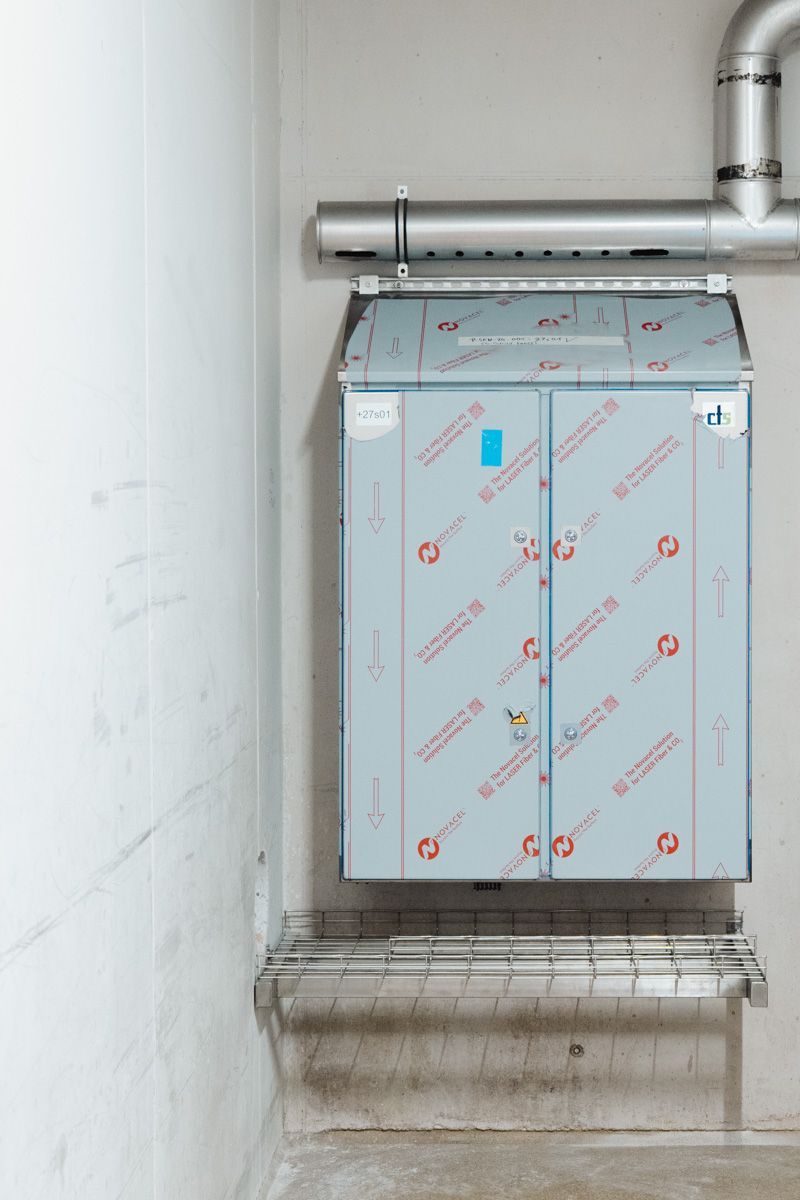Control cabinet construction between theory and practice: What matters in hardware engineering

Hardware engineering sounds like cable diagrams, standards, and wiring. But anyone who works in the process industry knows that there is much more to it than that. Without well-thought-out control cabinet concepts and clear documentation, no plant can be stable. Alexander, Head of Hardware Engineering in the
Process Automation division at cts, explains in an interview why standards alone are not enough, why data overload is one of the biggest challenges today, and why simple details often determine the quality of a good control cabinet.
What is the decisive criterion for you when it comes to the practical suitability of a control cabinet?
“That depends entirely on the requirements. Every customer has their own standards or ideas about how a control cabinet should be designed—and we naturally take these into account. But regardless of that, a good control cabinet must first and foremost be practical,” says Alexander.
For him, that means: “It must be easy to wire, there must be enough space for the cables – and ideally there should also be some reserve for later expansions.”
An often underestimated trick is particularly effective here: “Completely omitting unnecessary clamping points or connections. That sounds trivial, but it makes a big difference in practice – fewer sources of error, less effort in wiring, and ultimately a much cleaner solution.”
What are some typical mistakes that you encounter time and again—and how do they affect costs, operations, or safety later on?
“What we often encounter are ambitious schedules coupled with constantly changing specifications,” explains Alexander. “Often, the concept is still being worked on or details are still being finalized during the ongoing planning phase or even during the construction of the control cabinet. In large projects, this can never be completely avoided—but the effort involved is often underestimated.”
A real-life example illustrates this: “An additional SIL shutdown is to be added at short notice. That doesn't sound dramatic at first, but it is technically and documentarily complex. When something like this comes up late in the process, it has a ripple effect: planning has to be rolled back, wiring adjusted, and safety considerations revised. And suddenly, a small change becomes a real cost driver.”
What are currently the biggest challenges in your projects—both technically and organizationally?
“Regardless of whether it's a small or large project, one of the biggest challenges today is clearly the flood of data,” says Alexander. “It's no longer just a matter of drawing up a plan, but of constantly working with up-to-date information. Everyone in the team needs exactly the data that is relevant to their current task – and preferably without any media discontinuity.”
To master this complexity, cts relies on its own database solution. “For example, we import the measurement point lists right at the start of the project – and from then on, everything is linked: the design of the measuring devices, the IO assignment, the control cabinet construction, the assembly, and finally the loop check and commissioning.”
For Alexander, the advantage is obvious: “This ensures clarity in the project. Every single measuring point can be tracked right up to commissioning. And that not only minimizes errors, but also saves time – especially in phases when things get tight."
Whether it's practicality in control cabinet construction, changing project specifications, or the growing flood of data, hardware engineering today requires foresight and experience. With well-thought-out planning and clear processes, many of these challenges can be mitigated from the outset.
If you would like to discuss how we can support you in this, we are happy to assist.


